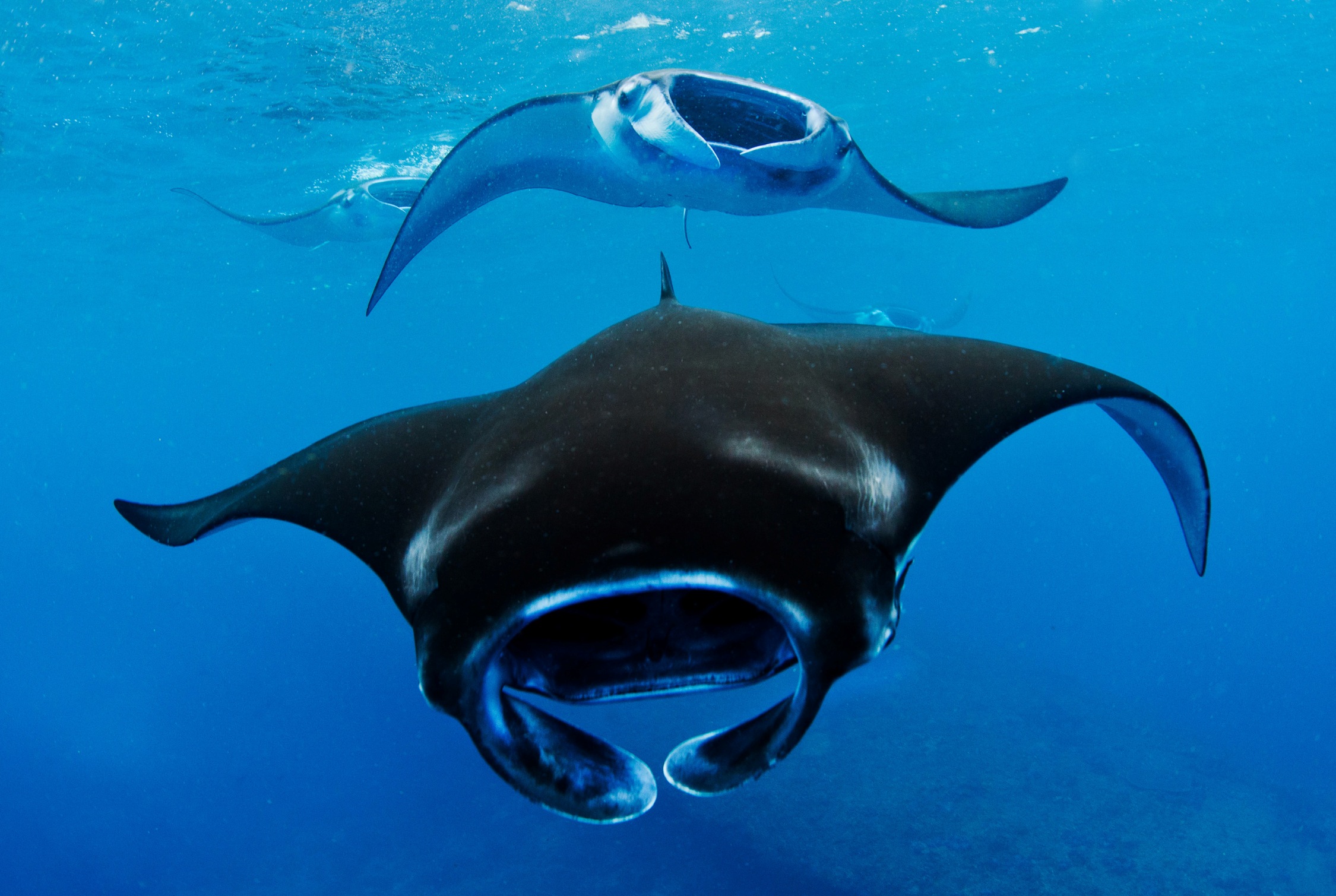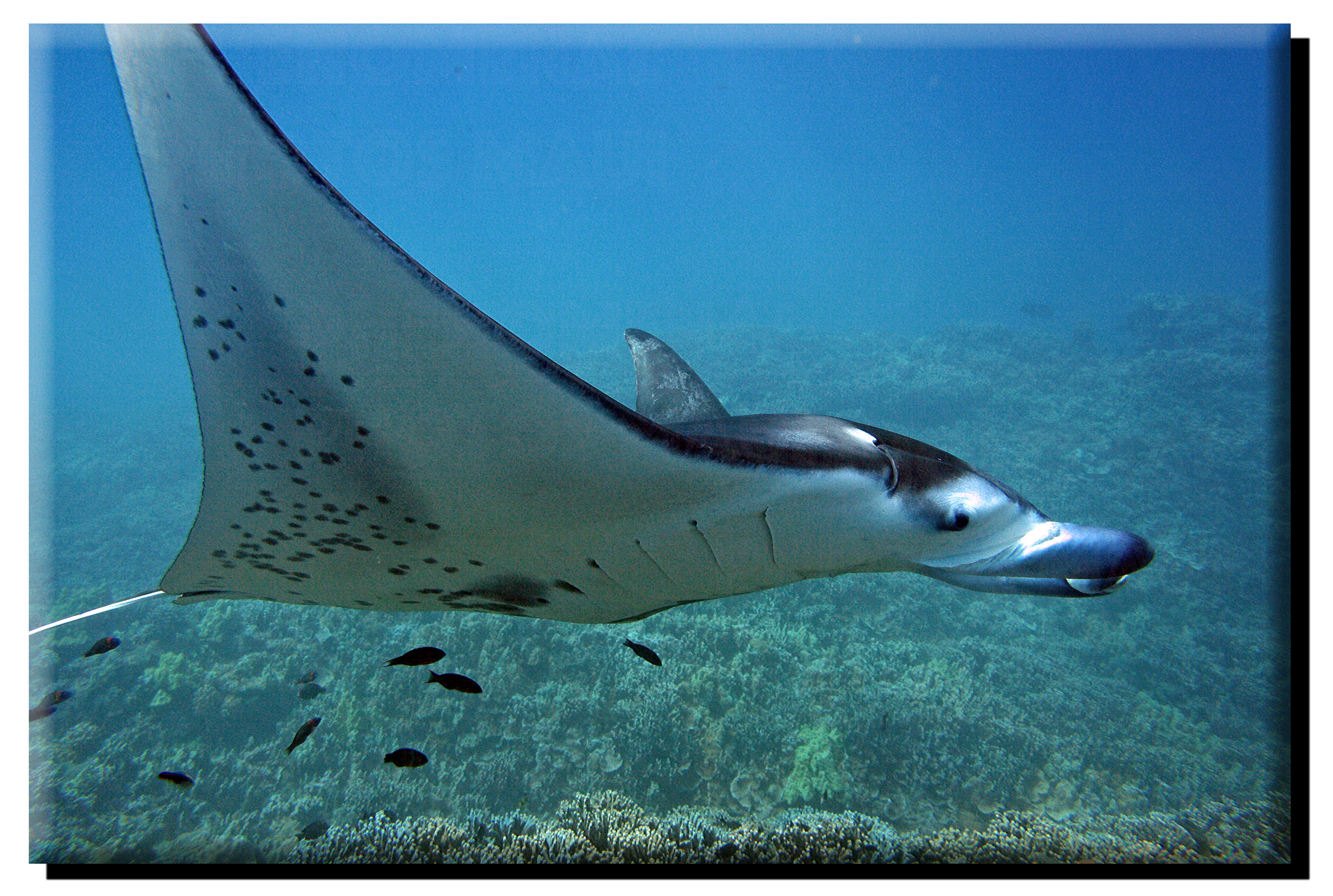

Six individuals were observed in November 2021, increasing to eight individuals in May/June of this year (2022). Two additional individuals were recorded in the Yasawa Island Group in the west of Fiji while passing through and foraging in a channel between Drawaqa and Naviti Island in April and September 2020. The oceanic manta rays weren’t spotted again until July 2020, when the world plunged into a pandemic and two individuals brought momentary joy to an otherwise bleak month. Subsequently, three more individuals were sighted in December 2018 and then. They were foraging, swimming with their mouths with open and drawing in zooplankton (such as copepods, mysid shrimp, crab larva, mollusk larvae, and fish eggs) with their cephalic horns unrolled to funnel the food into its desired location. The first sightings have us traveling back in time to November 2018, when two individuals were sighted in Laucala Bay, a large lagoon adjacent to Suva, the capital city of Fiji.

VWPics/Universal Images Group via Getty Images discuss their findings in the context of local environmental parameters and other recorded sightings in the South Pacific region. birostris individuals from two sites and. A new paper provides photographic identification of ten M.


 0 kommentar(er)
0 kommentar(er)
